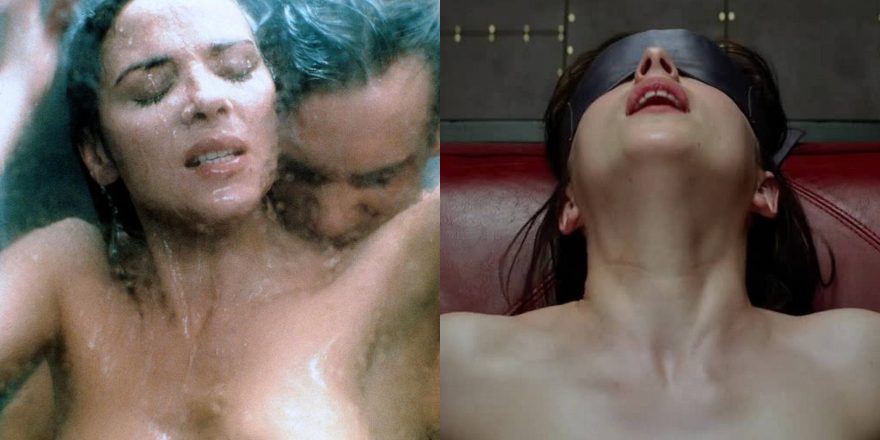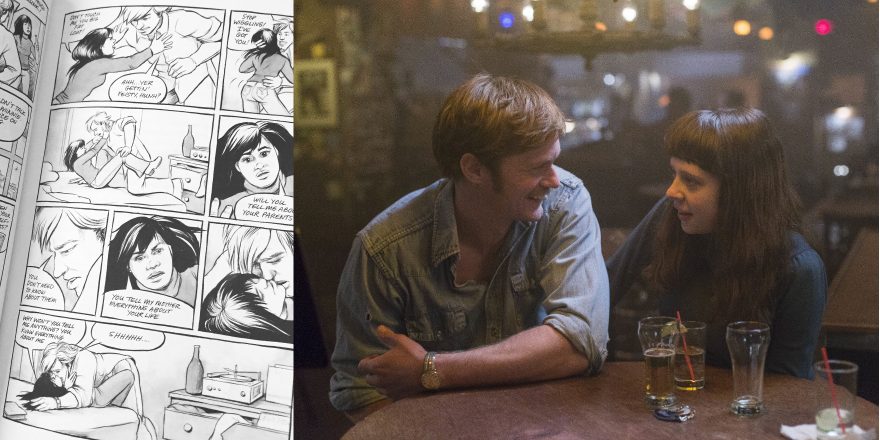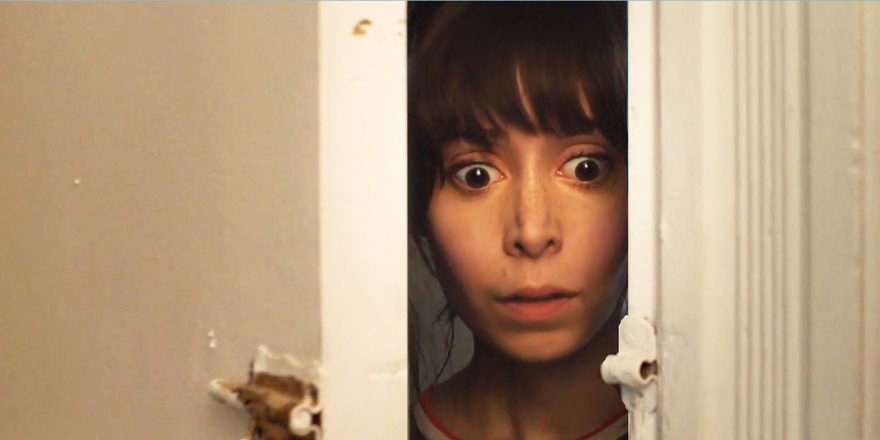The first time I watched a sex scene in a movie, I was still a virgin and the movie was Kids by Larry Clark. Yep, not the best introduction. If you haven’t seen it, the sex scenes are explicit and painful to watch. Sex, according to Kids, was not about mutual pleasure or consent. It was about boys’ selfish uncontrollable desires, a lack of awareness and maturity, disregard for another person’s body – and even one’s own. It was … too real to watch, as I later learned.
In movies, women are naked and/or having sex on screen all the time. But how often do these scenes feel real to life? I had watched sex scenes in PG-13 movies prior to Kids, but those were usually the type where the couple kisses, starts to undress, and then we cut to a foggy window and infer the rest. My friends and I would talk about it, but we were all pretty clueless. Looking at porn sites just made us more confused, because we felt nothing like the lady with four dicks in her mouth. My sex-ed teacher preached abstinence and no other adults talked to me about it, and that was pretty common then – still is today.
Unless we are actively educating ourselves – and not just in childhood – our primary understanding on how women experience sexual pleasure comes from culture and media. Oversimplified, dubious portrayals of such convince us of a reality that wrongs us all. Women mimicking sex on screen leads to women mimicking sex in bed. We emulate films and films emulate us and that becomes the norm. So when we see Kim Cattrall screaming at the top of her lungs in Sex and the City, we think, “This is what it’s like?” Or when Rachel McAdams softly moans and sheds a tear in The Notebook, we think, “Maybe that’s what it’s like?” Hollywood movies inform us more about how we think women are supposed to feel about sex, rather than how they actually experience sexual pleasure.

Granted, television has deviated from the norm, with shows like Broad City and Girls breaking through these stereotypes. But TV has episodes upon episodes to explore a character’s sex life and nuances of emotional depth, rather than just 90 minutes. So since we understand why TV has an opportunity to do a better job, let’s leave that format out of the conversation and focus solely on scripted filmmaking.
Tally up any given handful of Hollywood sex scenes and you’ll notice that some rules leap to the surface. One: Sex is always good for a girl if she’s in love. Two: Women don’t really need to orgasm. They can enjoy sex regardless of getting off, while men must climax. Three: If you have the right chemistry with your partner, then he/she should be able to guess what turns you on and you don’t need to talk about it. Four: Slutty women scream loudly, while those in love moan softly.
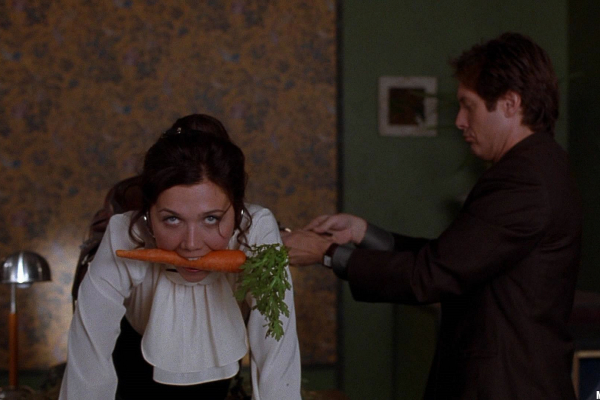
Beyond these unrealistic guidelines about sex, female characters generally break down into three main personality stereotypes in narratives about sex/pleasure. There’s the sexual submissive, a woman who wants to be dominated (Dakota Johnson in 50 Shades of Grey), enjoys a rape fantasy (Isabelle Huppert in Elle), or is always ready to comply (Maggie Gyllenhaal in Secretary). I would also put in this category the female characters who aren’t having any pleasure at all, but go along with it just because they feel like they have to (Julianne Moore in Safe). If she’s not submissive, then she is aggressive, power-hungry (Nicole Kidman in To Die For), a criminal turned on by a mere thigh grab (Denise Richards in Wild Things), perhaps even predatory and devoid of empathy (Sharon Stone in Basic Instinct). These are also the sexual deviants, women who are caught in their darkest moments and using sex as a way to relieve their pain (Reese Witherspoon in Wild). This woman seeks her own pleasure, but it’s coming from a place of deep suffering.
The third type is the virgin. In coming-of-age stories, the woman is untouchable, delicate, teasing us with her innocence (The Virgin Suicides, Stealing Beauty, American Beauty). Men love the virgin. She’s like all their hopes and fears in one. She’s the one they get to teach, to imprint, to guide. The one who happily and willingly takes all their shit and giggles about it. It’s both the infantilization of women and borderline fetishizing pedophilia.
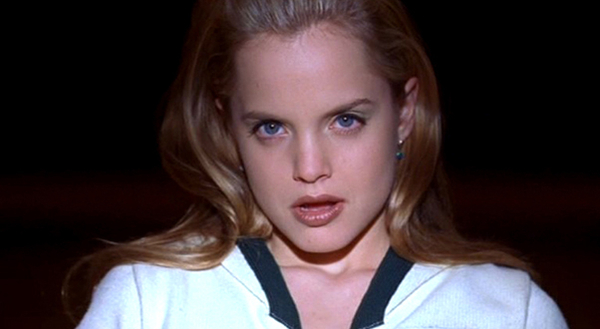
Why is it that Hollywood rarely shows the truth about sexual pleasure for women? Is it because we prefer to idealize pure romance and treat straight sex as a sport? Or is it because sometimes, like Kids, the truth is TMI and not pretty to watch? It’s not the entertainment industry’s responsibility to teach us what female pleasure is all about. But I think it’s important to acknowledge its limitations and how those end up influencing our lives. Female pleasure in stories can be seen as an important part of expressing a character’s independence and self-love. But how is this freedom distorted when the portrayal of pleasure is restrictive, usually operating within the spectrum of fantasy?
Historically, women have been told what is deemed as sexually appropriate. We’ve got whole laws governing our bodies, for goodness sake, not to mention psychologies centered on false notions about them. For example, Freud said that a vaginal orgasm was the mature way for women to experience pleasure and that clitoral orgasm was only for young girls. Therefore, to be a real woman you had to experience pleasure only through penetration. The science of understanding female sexual behavior is a study that is largely underfunded, and the existing research is limited. But regardless of the study or lack of, there just haven’t been enough years of open exploration for us women to figure out what pleasure really means to us without the cloud of external influences.
Of course, there are films that challenge the clichéd notions of how women experience pleasure, and they’re super refreshing to watch. The Diary of a Teenage Girl, Raw, Blue Valentine, The Girl with the Dragon Tattoo come to mind. It’s also important to note that these stereotypes don’t seem to apply to foreign films – cultures that maybe are more comfortable with female expressions of pleasure. Some of the best sex scenes come from films such as Y Tu Mamá También, Blue is the Warmest Color and Sex and Lucia. They also look at ways that women experience pleasure without having sex at all. Like that sensual scene in Amèlie where she slides her hand into a bag of lentils at the market. These scenes are relatable, reminding us that we’re all fascinating creatures who can experience pleasure in unique ways. But it feels like this is just the beginning.
Maybe the reason why Hollywood films have failed to accurately depict the female orgasm is because it’s too diverse and complex, too hard to show. There isn’t one size that fits all. The possibilities are endless. I think about that magnificent peach scene in Call Me By Your Name and wish there were more equally pleasurable, personal and honest sexual moments for women in films. As women further retell and reshape our own stories, sexual pleasure is just one component that deserves more exploration.


